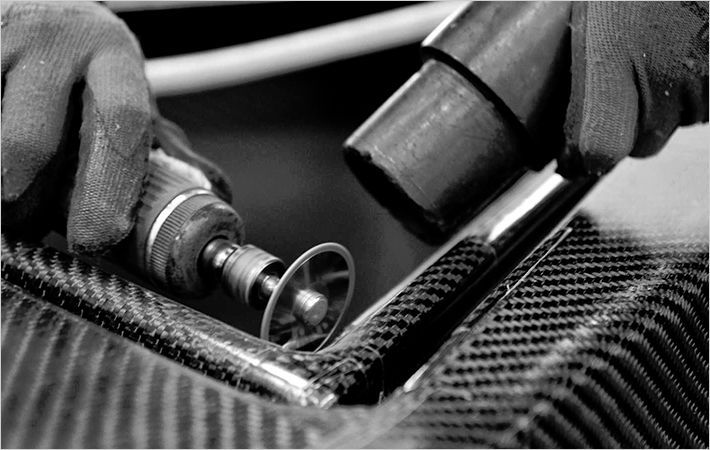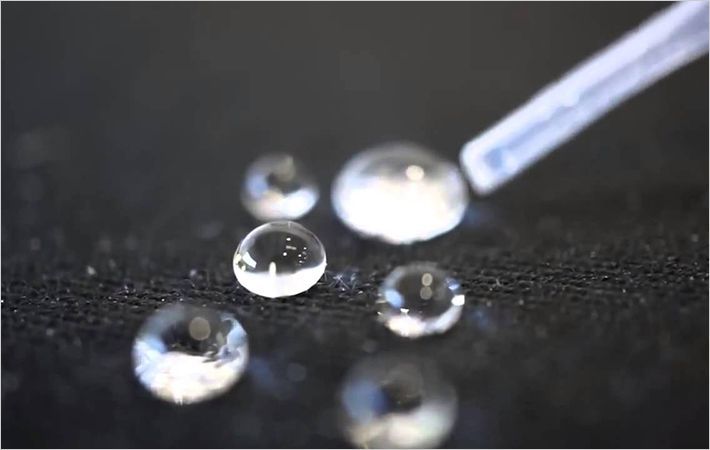Multiple global government initiatives are underway to reduce the weight of personal protective equipment for soldiers. DSM Dyneema, the manufacturer of ultra high molecular weight polyethylene (UHMwPE) fiber, branded as Dyneema, and world leader in life protection materials and high performance fibers, sees the adoption of next-generation lighter material technologies as an important part of the answer.
This view is supported by experts, who predict the use of UHMwPE materials in body and vehicle protection will show double-digit growth in the next five years.
“To address the pressing issue of weight reduction in both body armor and vehicle armor applications while providing the best ballistic performance, new materials need to deliver significant improvements and remain affordable,” said Shitij Chabba, Global Segment Director, Life Protection.
“The increased concern for security around the globe and higher threat levels on the street call for greater flexibility to optimize armor protection and comfort. DSM Dyneema is proactively developing advanced UHMwPE fiber, uni-directional and tape platforms that can deliver uncompromising protection at every budget level.”
Key Trends Driving the Need for Lighter Life Protection
Two important and ongoing trends in law enforcement are contributing to the demand for personal protective gear that can deliver both higher ballistic performance and lighter weight.
Law enforcement is shifting to the National Institute of Justice (NIJ) .06 standard.
In 2008, NIJ Standard 0101.06, Ballistic Resistance of Body Armor signaled the latest evolution in standards by which law enforcement protective vests are measured. It establishes new and updated minimum performance requirements and test methods for the ballistic resistance of personal body armor designed to protect the torso against gunfire.
According to Dale Stockton, editor-in-chief of Law Officer Magazine and a 32-year law enforcement veteran, “The new 06 standards presented some real challenges to manufacturers and there have been some early comments that 06-compliant armor was more rigid and less flexible. However, I'm confident that manufacturers will find a way to work within the standards and work with NIJ to provide body armor that just keeps getting better. The market will drive this and ultimately the officers will benefit.”
Some officers avoid wearing body armor for reasons of comfort.
Mandatory wear policies are becoming the norm across the country, but some officers are still going without armor because of rationalized behavior or exceptions such as an administrative assignment or a training day. How many cops aren’t wearing armor? The numbers are only an educated guess but the best indications are that as many as 40 percent of uniformed police officers go to work without wearing body armor. This varies dramatically by area of the country, type of assignment and mission of the law enforcement agency.

